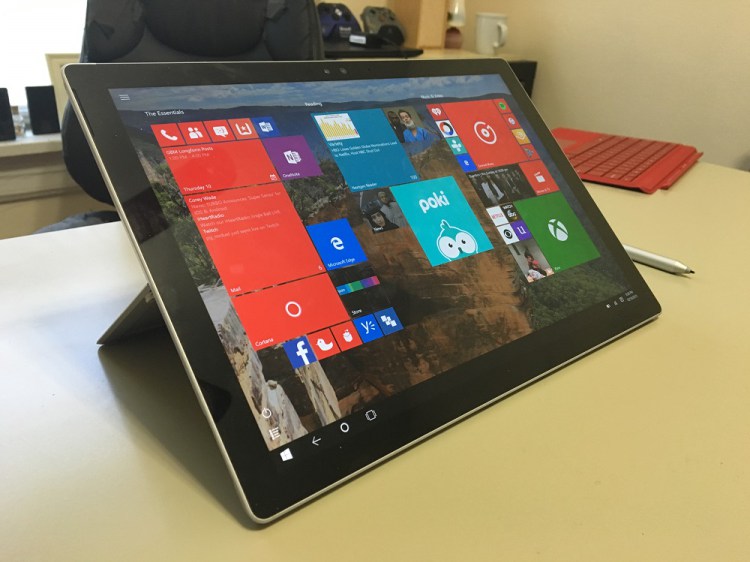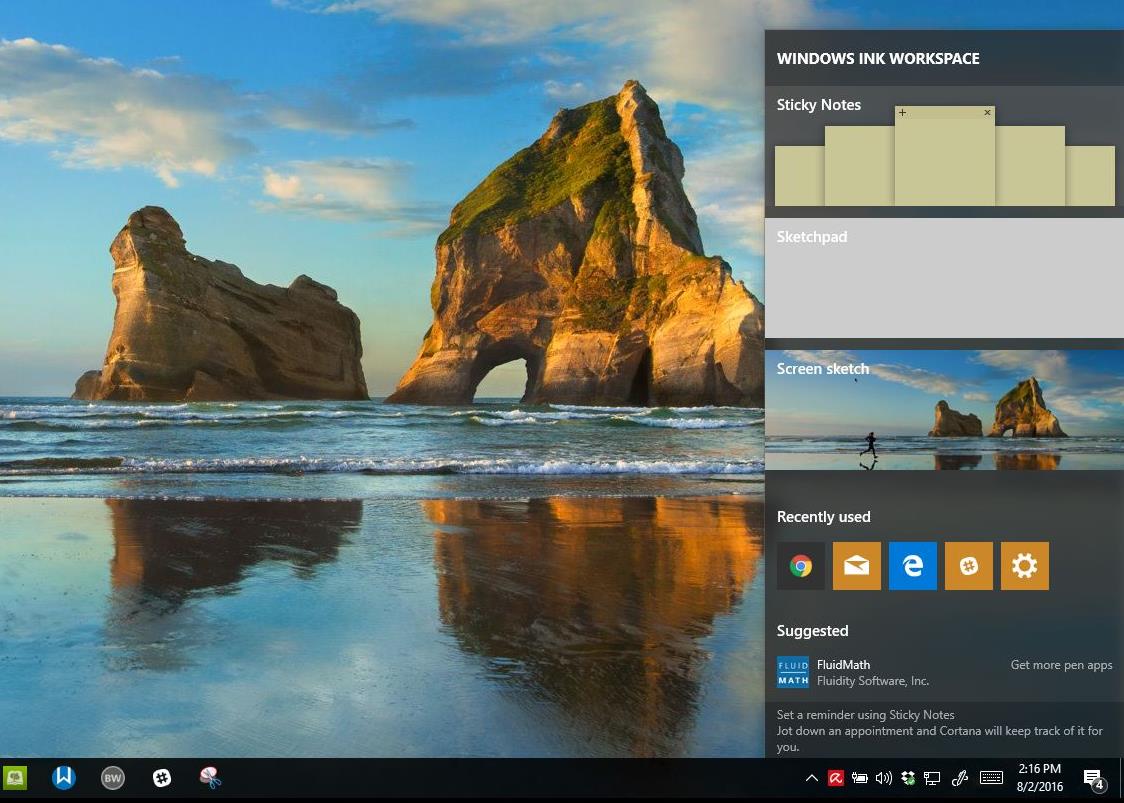 In today’s modern PC’s the GPU and CPU exist in a co-processing environment where each can handle the computing task they are best suited for. The CPU is good at performing sequential calculations, I/O, and program flow. The GPU excels at performing parallel calculations. By using both, you are essentially using the best tool for the job.
In today’s modern PC’s the GPU and CPU exist in a co-processing environment where each can handle the computing task they are best suited for. The CPU is good at performing sequential calculations, I/O, and program flow. The GPU excels at performing parallel calculations. By using both, you are essentially using the best tool for the job.
Microsoft announced that Windows 7 hit the release-to-manufacturing (RTM) milestone, which means we are on the verge of the launch of the first Windows operating system to enable true coprocessing native to the Operating System. No longer are GPUs limited to rendering and accelerating graphics and video. With the introduction of DirectX Compute in Windows 7, Microsoft is for the first time really opening up the immense parallel computing horsepower of the GPU natively right in the operating system.
With Windows 7, not only will an NVIDIA GPU give you an awesome gaming experience, but will also see a real difference in how you interact with your PC every day in ways you never have before. Applications written to take advantage of Windows 7 DirectX Compute will be able to provide high-quality video playback and high performance transcoding, enabling new media scenarios and extended control over your media library. GPU Computing applications simplified the ways you interact with your devices and the PC will be faster and more responsive.
Be Ready for Windows 7
Parallel programming is the next big thing for the world of computing – it has started already. DirectX Compute will accelerate this discontinuity by enabling massive parallelism to the masses. You will get your best Windows 7 experience with a GPU in your system.
Don’t take our word for it. We have started to see even mainstream editors sing the praises for the GPU for notebooks. Walt Mossberg of Wall Street Journal noted:
“In the new operating systems, adequate graphics chips will be more important than ever, because the computers will offload some tasks typically performed by the main processor onto the graphics chip. So, if possible, spring for what’s called a discrete graphics processor, which has its own memory. If you can’t afford this, look for an integrated graphics chip, which shares your main memory, that’s as powerful as possible. One example is the NVIDIA 9400.”
MSN posted a Laptop Buyer’s guide with the same sentiment, warning against most integrate graphics solutions:
“The GPU can make or break your experience on a laptop, yet this is the first thing the manufacturer will give short shrift to in order to achieve a lower price. At the very least, go for a notebook that offers a discrete graphics board option, even if you’re not completely convinced that you’ll need it. A GPU can affect the system’s performance in ways you may never have considered, so don’t dismiss discrete graphics as being a necessity only for gamers.”
You should also protect yourself by getting a notebook that can be upgraded to the Windows 7 operating system. And this is about more than just having adequate hardware. Without the correct Windows 7 drivers to your notebook, you will not be able to move to the new operating system. In the tech world, a driver is a small file that helps the computer communicates with a certain hardware device. It contains information the computer needs to recognize and control the device.
NVIDIA continues to be the only notebook GPU manufacturer that offers notebook drivers to end users on our website. This means if you have an NVIDIA GPU in you’re your notebook, you have access to new features, improved application compatibility, and performance optimizations that driver updates deliver. Customers need new drivers in order to be able to take full advantage of the latest visual computing applications. NVIDIA has worked diligently over the past year to modularize its driver architecture and develop a unified driver install package that will not only work with laptops from all manufacturers but also maintain all of their specific model customizations such as hotkeys and suspend and resume functionality. Over 4 million downloads have occurred since we started this at the end of last year – well beyond our expectations.
According to Anandtech drivers for notebooks are vital:
“In fact, drivers can be so critical that with NVIDIA now providing quarterly notebook driver releases, it’s pretty much impossible for us to even consider recommending anything else for a gaming notebook until the other GPU vendors follow suit.”
NVIDIA has drivers for Windows 7 today. They are WHQLed and ready to go. If your laptop manufacturer is on our supported list you can grab a copy of the Windows 7 BETA release and upload our driver today.
Microsoft Windows 7 has RTMed. We are more than ready, we can’t wait.
Rene Haas is NVIDIA’s General Manager of Notebook Graphics


